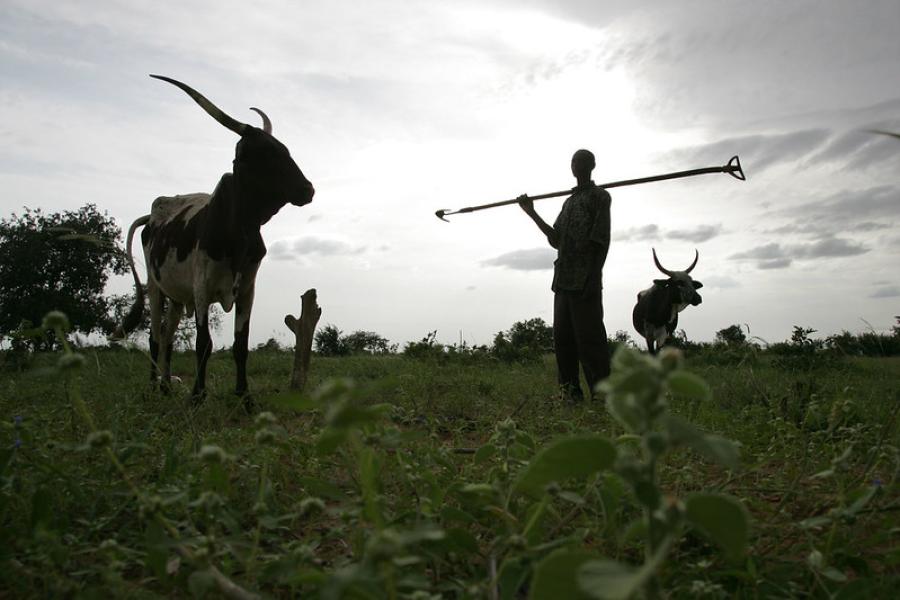Biomass use, production, feed efficiencies, and greenhouse gas emissions from global livestock systems

Citation
Abstract
We present a unique, biologically consistent, spatially disaggregated global livestock dataset containing information on biomass use, production, feed efficiency, excretion, and greenhouse gas emissions for 28 regions, 8 livestock production systems, 4 animal species (cattle, small ruminants, pigs, and poultry), and 3 livestock products (milk, meat, and eggs). The dataset contains over 50 new global maps containing high-resolution information for understanding the multiple roles (biophysical, economic, social) that livestock can play in different parts of the world. The dataset highlights: (i) feed efficiency as a key driver of productivity, resource use, and greenhouse gas emission intensities, with vast differences between production systems and animal products; (ii) the importance of grasslands as a global resource, supplying almost 50% of biomass for animals while continuing to be at the epicentre of land conversion processes; and (iii) the importance of mixed crop–livestock systems, producing the greater part of animal production (over 60%) in both the developed and the developing world. These data provide critical information for developing targeted, sustainable solutions for the livestock sector and its widely ranging contribution to the global food system.
Heading Photo: Farming scene in the highlands of Ethiopia from ILRI's Landscapes album. Photo: Apollo Habtamu (ILRI) (source)


